Home>Furniture>Living Room Furniture>How Deep Should A Window Seat Be


Living Room Furniture
How Deep Should A Window Seat Be
Modified: May 6, 2024
Discover the ideal depth for a window seat in your living room. Find out how to create the perfect seating area with our expert guide.
(Many of the links in this article redirect to a specific reviewed product. Your purchase of these products through affiliate links helps to generate commission for Storables.com, at no extra cost. Learn more)
Introduction
A window seat is not only a comfortable and cozy addition to any living room, but it also serves as a functional and aesthetic element. Whether you are looking to create a quiet reading nook, a space for relaxation, or simply an additional seating area, determining the right depth for your window seat is crucial to ensure optimal comfort and usability.
When designing or selecting a window seat, there are several factors to consider. The depth of the seat plays a critical role in determining how comfortable it will be for users. Too shallow, and it may feel cramped and uncomfortable. Too deep, and it may occupy too much space and become impractical.
In this article, we will delve into the factors to consider when determining the depth of a window seat, explore the average depth of window seats, discuss the benefits of a deeper window seat, highlight the drawbacks of a shallow window seat, and provide guidance on how to find the right depth for your window seat.
Key Takeaways:
- Finding the right depth for your window seat involves considering factors like space, comfort, and design. It’s a personal decision that can enhance your living room and create a cozy, inviting space.
- A deeper window seat offers increased comfort, storage options, and visual impact, while a shallower seat may limit comfort and functionality. Consider your needs and space to find the perfect depth for your window seat.
Read more: How Thick Should My Window Seat Cushion Be
Factors to consider when determining the depth of a window seat
When deciding on the depth of your window seat, there are several important factors to take into account:
- The intended use: Think about how you plan to use the window seat. Will it primarily serve as a reading nook, a lounging area, or just additional seating? The depth needed for each purpose may vary, as a reading nook may require more space for cushions, while a lounging area might benefit from a deeper seat.
- The available space: Consider the dimensions of your window area. Measure the width and height of the space to determine how much room you have to work with. Keep in mind that the depth of the window seat should be proportionate to the available space to ensure a balanced and visually appealing design.
- User comfort: Take into consideration the comfort of the individuals who will be using the window seat. The depth should allow for comfortable sitting, with proper support for the back and legs. If you plan to include cushions or pillows, factor in their thickness to ensure there is enough space for people to sit comfortably.
- Functionality: Consider the functionality of the window seat. Will it have storage compartments underneath? If so, you may need to allocate a slightly larger depth to accommodate the storage space.
- Visual appeal: The depth of the window seat should also align with your overall design aesthetic. Consider the style of your living room and the surrounding furniture when determining the depth. A seat that is too deep or shallow can throw off the balance and harmony of the space.
By taking these factors into account, you can ensure that the depth of your window seat is well-suited to your needs, space, and design preferences. It will create a comfortable and visually pleasing addition to your living room, enhancing both functionality and aesthetics.
Average depth of window seats
While there is no one-size-fits-all answer to the question of the ideal depth for a window seat, there are some general guidelines and average measurements to consider.
The typical depth of a window seat can range from 18 to 24 inches (45 to 60 cm). This range provides a comfortable seating area while considering the dimensions of most windows and the average human body.
However, it is important to note that the depth of a window seat can vary based on individual preferences and specific design considerations. Some people may prefer a deeper seat for added comfort and lounging, while others may opt for a shallower seat, especially in smaller spaces where space is limited.
Another factor to consider is the inclusion of cushions or pillows. If you plan to add cushions or pillows to your window seat, you may need to account for their thickness when determining the overall depth. Keep in mind that bulky cushions can reduce the effective seating depth, so be mindful of the space they will occupy.
It is also worth considering the height and length of the window seat. Generally, the height of a window seat is around 18 to 20 inches (45 to 50 cm), providing a comfortable sitting position. The length can vary depending on the width of your window or the available space. It is typically recommended to leave at least 2 to 3 feet (60 to 90 cm) of length for each person using the window seat.
Ultimately, the average depth of a window seat will depend on your personal preferences, the available space, and the intended use of the seating area. It is essential to strike a balance between comfort, functionality, and aesthetics to create a window seat that suits your needs and enhances the overall ambiance of your living room.
Benefits of a deeper window seat
A deeper window seat can offer several advantages, making it a desirable choice for many homeowners. Here are some of the benefits of opting for a deeper window seat:
- Increased comfort: A deeper seat provides ample space for individuals to sit or stretch out comfortably. It allows users to relax and sink into the cushions, providing a cozy and inviting experience. Whether you’re reading a book, enjoying a cup of coffee, or simply unwinding, a deeper window seat can offer enhanced comfort.
- Additional storage: The increased depth of a window seat can create an opportunity to incorporate storage compartments beneath the seat. This extra storage space can be utilized for storing blankets, pillows, books, or other items, helping to keep your living room organized and clutter-free.
- Versatility: A deeper window seat can accommodate a variety of activities and positions. It provides enough space for people to sit in different positions, such as cross-legged or with their legs extended. It can also serve as a makeshift guest bed if needed, offering a comfortable sleeping option for overnight visitors.
- Visual impact: A deep window seat can make a design statement in your living room. It creates a visually appealing focal point and adds depth to the overall decor. With the right choice of fabrics, colors, and cushions, a deeper window seat can become an eye-catching element that enhances the aesthetic appeal of the space.
- Flexibility: The depth of a window seat provides flexibility in terms of customization. It allows you to layer multiple cushions, pillows, and throws, enabling you to experiment with different textures, patterns, and colors. This flexibility allows you to change the look and feel of your window seat with ease, giving you the freedom to update the style according to your evolving tastes or seasonal decor.
These benefits showcase how a deeper window seat can provide not only comfort and functionality but also aesthetic appeal and versatility. Consider these advantages when deciding on the depth of your window seat, as they can enhance your living room experience and create a welcoming and multi-purpose seating area.
A window seat should be at least 18 inches deep to provide enough space for sitting comfortably and leaning back. This depth allows for cushions and pillows to be added for extra comfort.
Drawbacks of a shallow window seat
While a shallow window seat may be suitable for certain situations, there are some drawbacks to consider before opting for a shallower design:
- Reduced comfort: One of the main drawbacks of a shallow window seat is the compromised comfort it may provide. With limited seating depth, individuals may feel cramped and unable to find a comfortable position. It can also be challenging to incorporate thick cushions or pillows, further reducing the overall comfort level.
- Limited functionality: Shallow window seats may not offer enough space for additional storage compartments, limiting their functionality. This can be a disadvantage, especially if you desire a clutter-free living room but lack other storage options.
- Restricted seating options: The lack of depth in a shallow window seat may restrict the seating positions available. Individuals may find it difficult to sit comfortably with their legs extended or find a position that suits their preferences. This can limit the usability of the seat for certain activities like reading or relaxing.
- Visual limitations: A shallow window seat may not have the same visual impact as a deeper seat. It may appear less substantial and lack the inviting and cozy ambiance of a deeper seating area. This can impact the overall aesthetic appeal and may not create the same statement or focal point in your living room.
- Narrow range of use: Shallower window seats may be less versatile in terms of their usage. They may be more suitable for quick seating or temporary use rather than providing a dedicated and comfortable space for relaxation or lounging.
Considering these drawbacks will help you make an informed decision when determining the depth of your window seat. While a shallow window seat can work in certain situations, it is essential to weigh the potential limitations to ensure that it meets your comfort and functional requirements.
Read more: Which Seat Is The Window Seat In Flight
Finding the right depth for your window seat
Finding the perfect depth for your window seat involves a thoughtful consideration of your personal preferences, the available space, and the intended use of the seating area. Here are some steps to guide you in finding the right depth:
- Measure the space: Begin by measuring the width and height of the window area. This will help you determine the maximum depth of the window seat that can fit comfortably without overpowering the space.
- Consider usability: Think about how you plan to use the window seat. Will it be mainly for sitting, reading, lounging, or a combination of activities? This will help you determine the ideal depth that can accommodate the intended purpose and provide optimal comfort.
- Assess user needs: Take into account the preferences and needs of the individuals who will be using the window seat. If you have taller family members or guests, you may want to opt for a deeper seat to ensure they can sit comfortably. If the window seat will be primarily used by children, a shallower depth may be more suitable.
- Consider additional elements: Factor in any additional elements you plan to incorporate, such as cushions, pillows, or storage compartments. These elements can impact the effective seating depth and storage capacity of the window seat, so account for their dimensions and requirements.
- Balance aesthetics and functionality: Find a balance between the depth that provides comfort and practicality and complements the overall aesthetic of your living room. A window seat that is visually appealing, proportionate to the space, and consistent with your design style will create a harmonious and inviting environment.
- Seek professional advice: If you are uncertain about the right depth for your window seat, consider consulting with an interior designer or furniture expert. They can provide valuable insights and help you make an informed decision based on your specific needs and space limitations.
Remember, finding the right depth for your window seat is a personal decision that should align with your unique preferences and requirements. Consider these factors, trust your intuition, and strive for a balance between comfort, functionality, and visual appeal to create a window seat that enhances your living room and provides a cozy and inviting space.
Conclusion
Designing a window seat that strikes the perfect balance between comfort, functionality, and aesthetics is a key consideration for anyone looking to enhance their living room. Determining the right depth for your window seat is a crucial step in achieving this balance.
Throughout this article, we have explored the factors to consider when determining the depth of a window seat, the average measurements, the benefits of a deeper seat, and the drawbacks of a shallower seat.
While there are no hard and fast rules for the ideal depth of a window seat, it is important to consider several factors, including the intended use, available space, user comfort, functionality, and visual appeal. By carefully weighing these factors, you can find the perfect depth for your window seat that meets your needs and enhances the overall ambiance of your living room.
Ultimately, finding the right depth for your window seat requires a balance of practicality and personal preference. It is an opportunity to create a comfortable and inviting space where you can relax, read, or simply enjoy the view.
Whether you opt for a deeper window seat that offers enhanced comfort and versatility or a shallower seat that fits well in smaller spaces, make sure to consider the trade-offs and prioritize your own preferences and requirements.
Remember, when in doubt, seek the advice of professionals who can guide you through the process and provide insights tailored to your unique circumstances.
With careful consideration and thoughtful design, your window seat has the potential to become the highlight of your living room – a cozy and inviting retreat where you can unwind, connect with a good book, or simply enjoy the view outside.
If you've enjoyed mastering the dimensions of your window seat, why not dive deeper into enhancing its style and functionality? Our guide on window seat design offers ten innovative ideas that will transform your cozy nook into a stunning focal point. For those inspired to take on more hands-on projects, our comprehensive DIY home projects guide is packed with practical steps for beautifying your living space on your own. Both articles are brimming with tips to help you personalize your home in unique and inviting ways.
Frequently Asked Questions about How Deep Should A Window Seat Be
Was this page helpful?
At Storables.com, we guarantee accurate and reliable information. Our content, validated by Expert Board Contributors, is crafted following stringent Editorial Policies. We're committed to providing you with well-researched, expert-backed insights for all your informational needs.
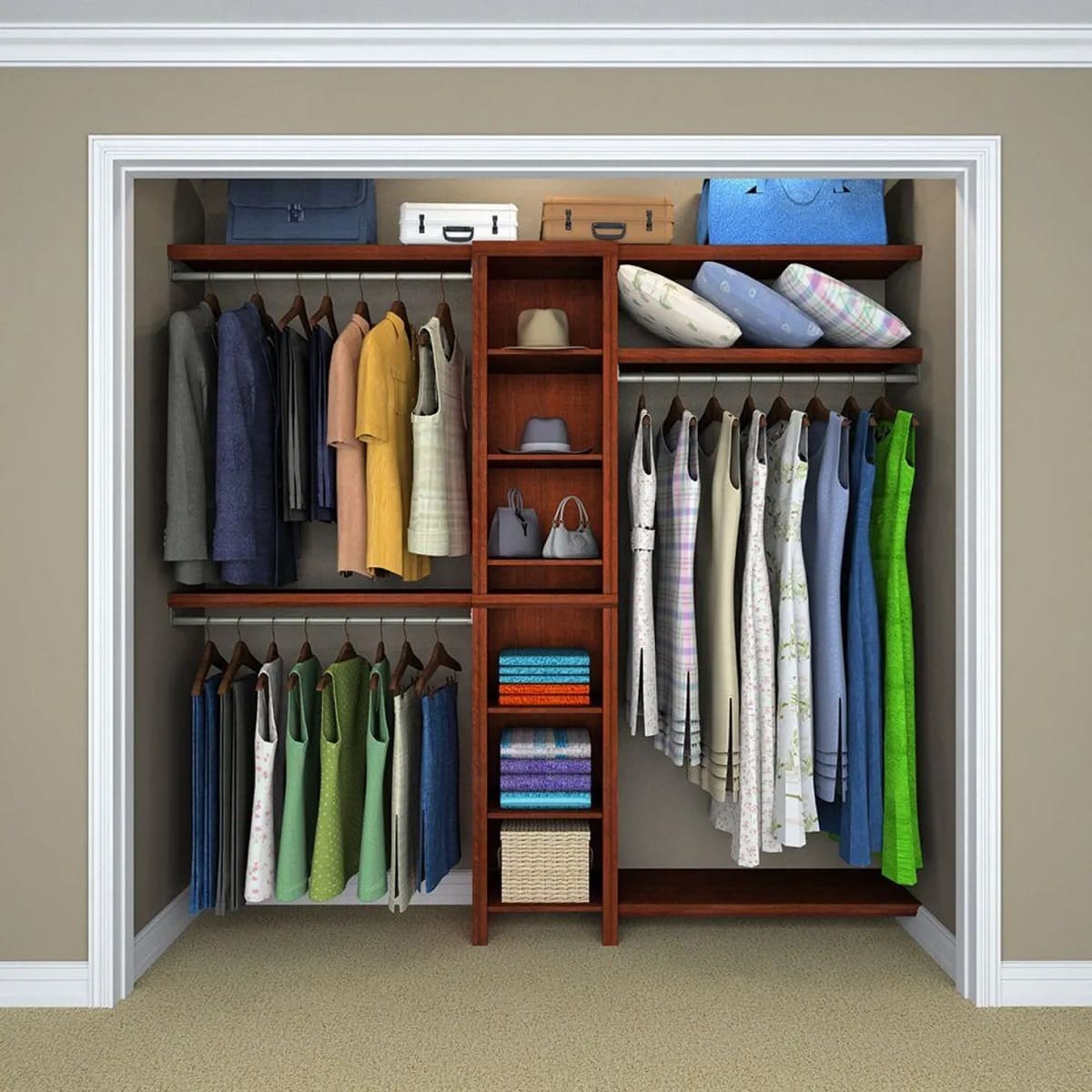
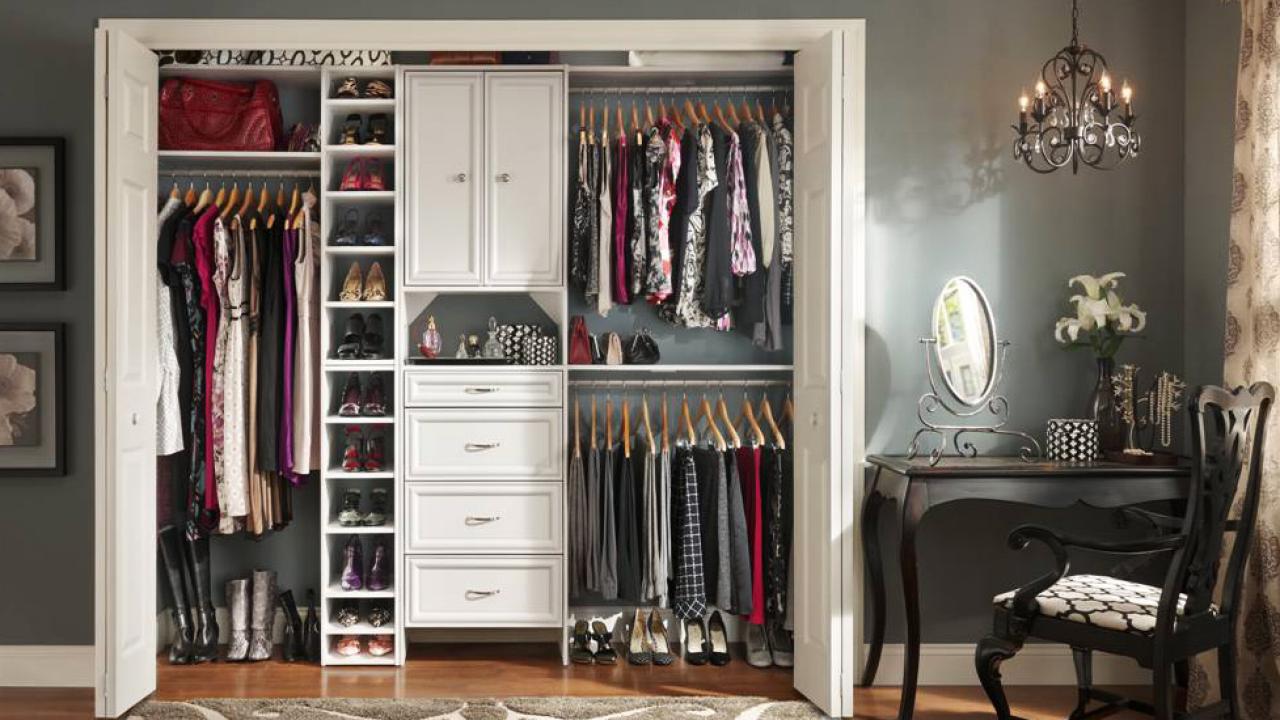
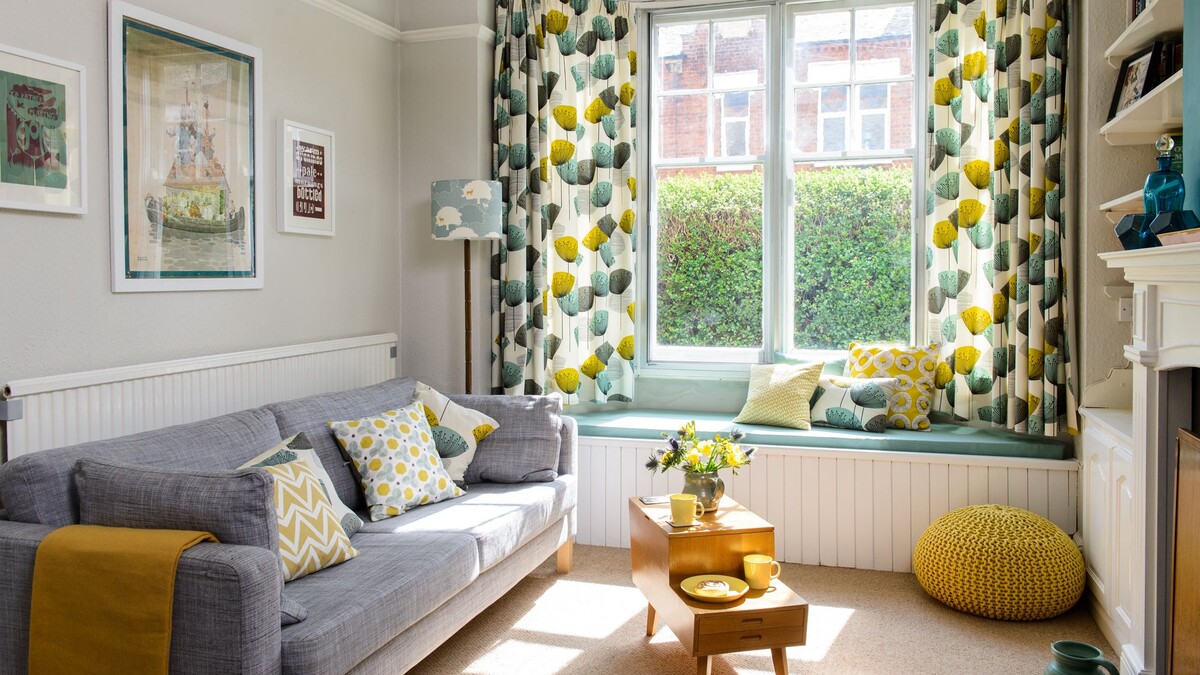
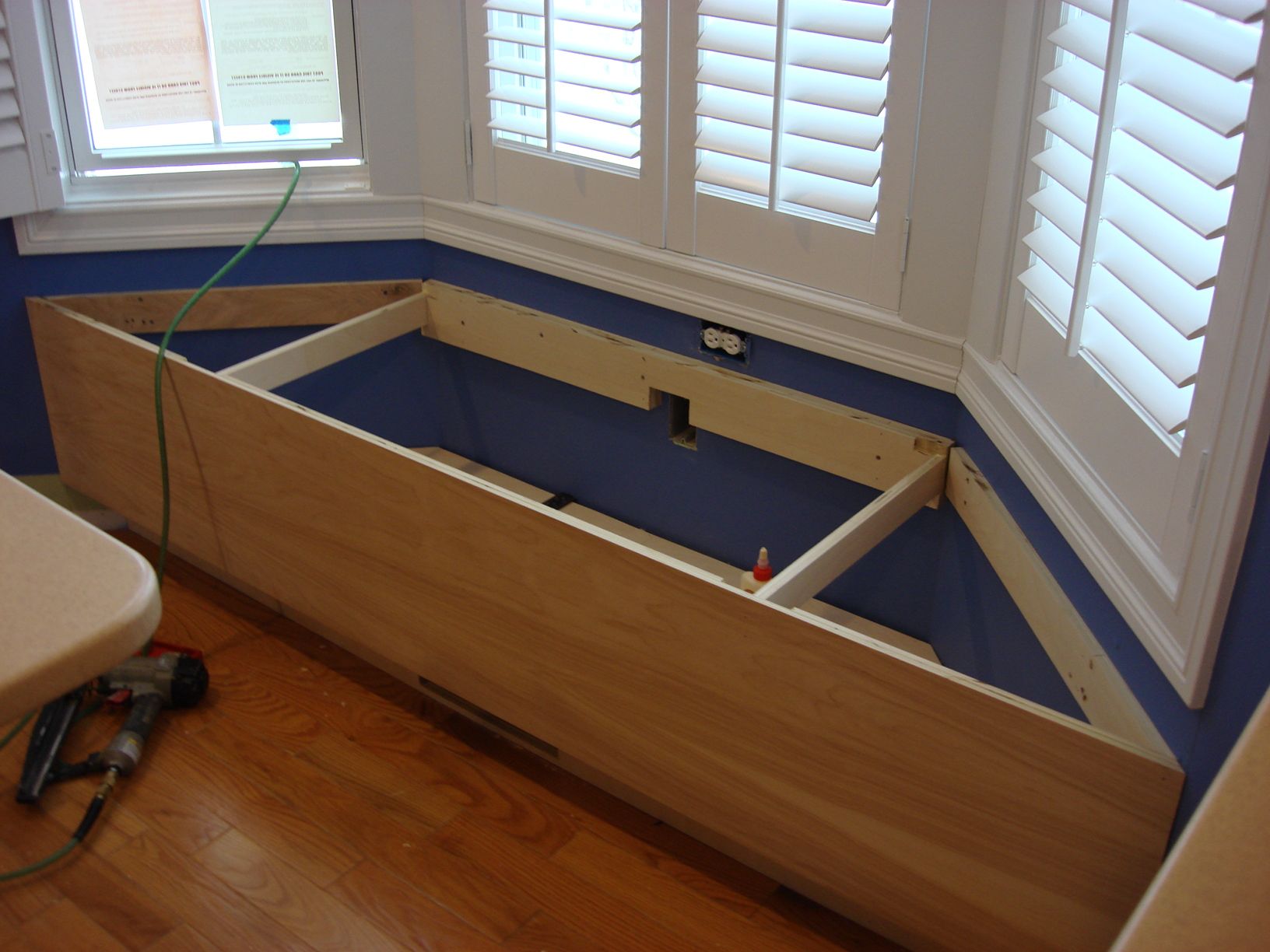


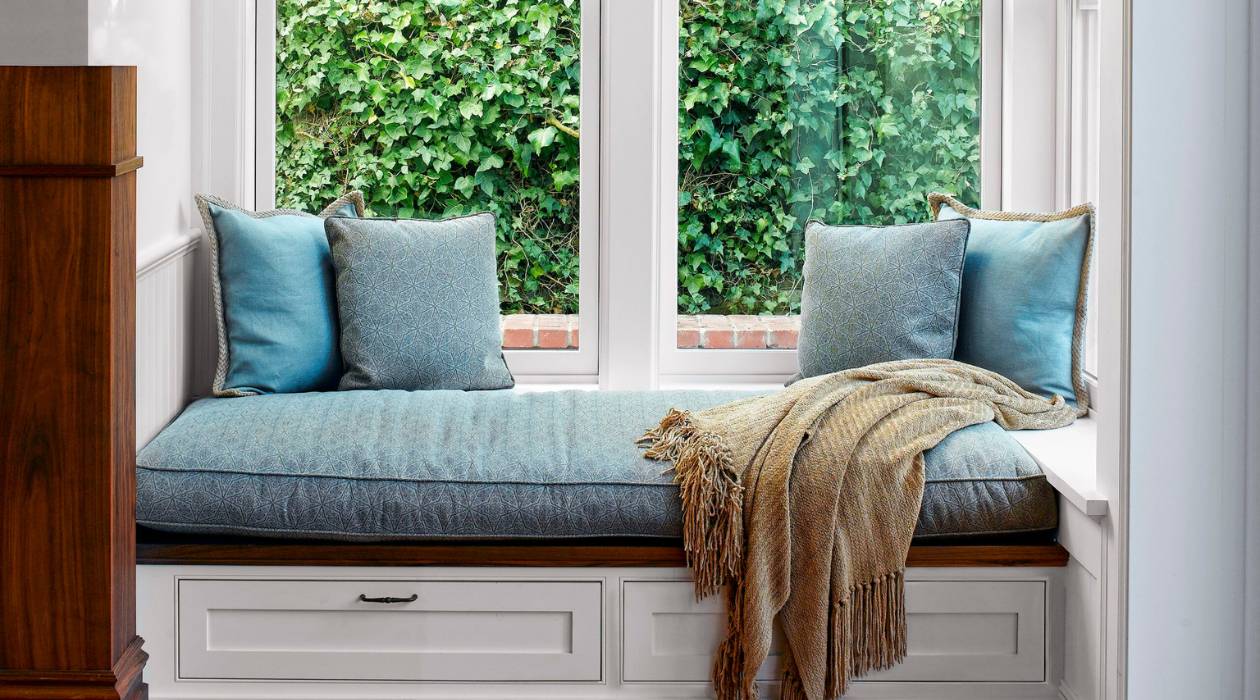

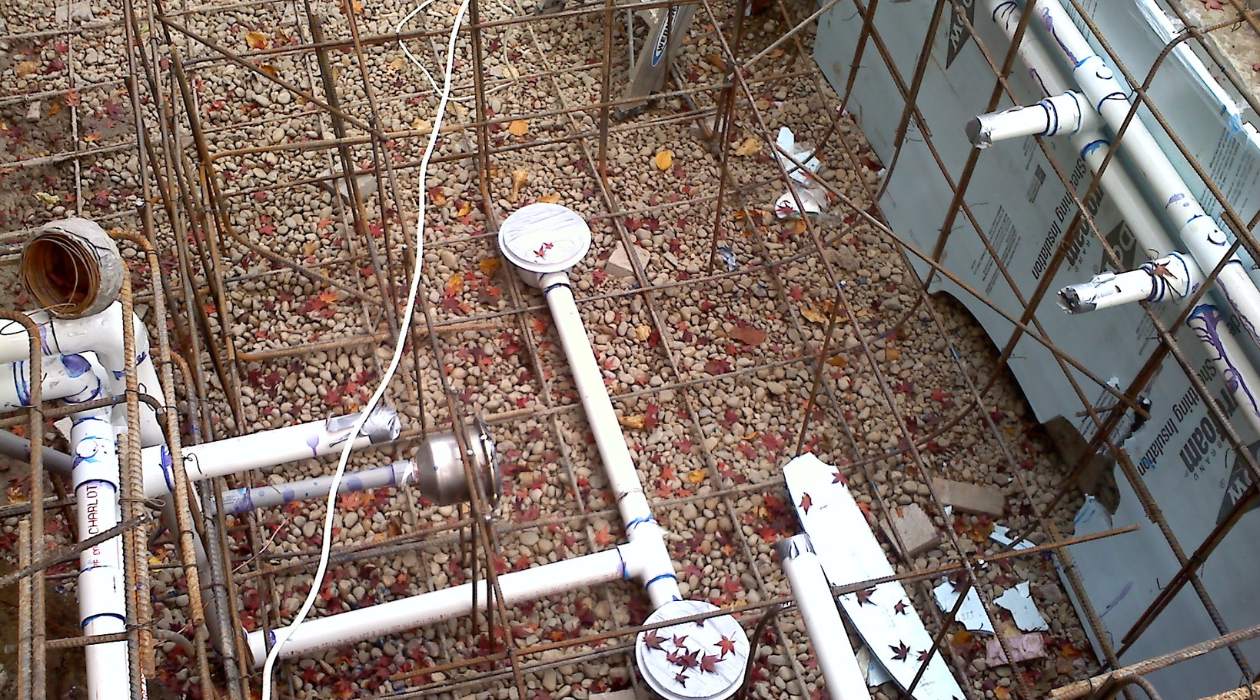


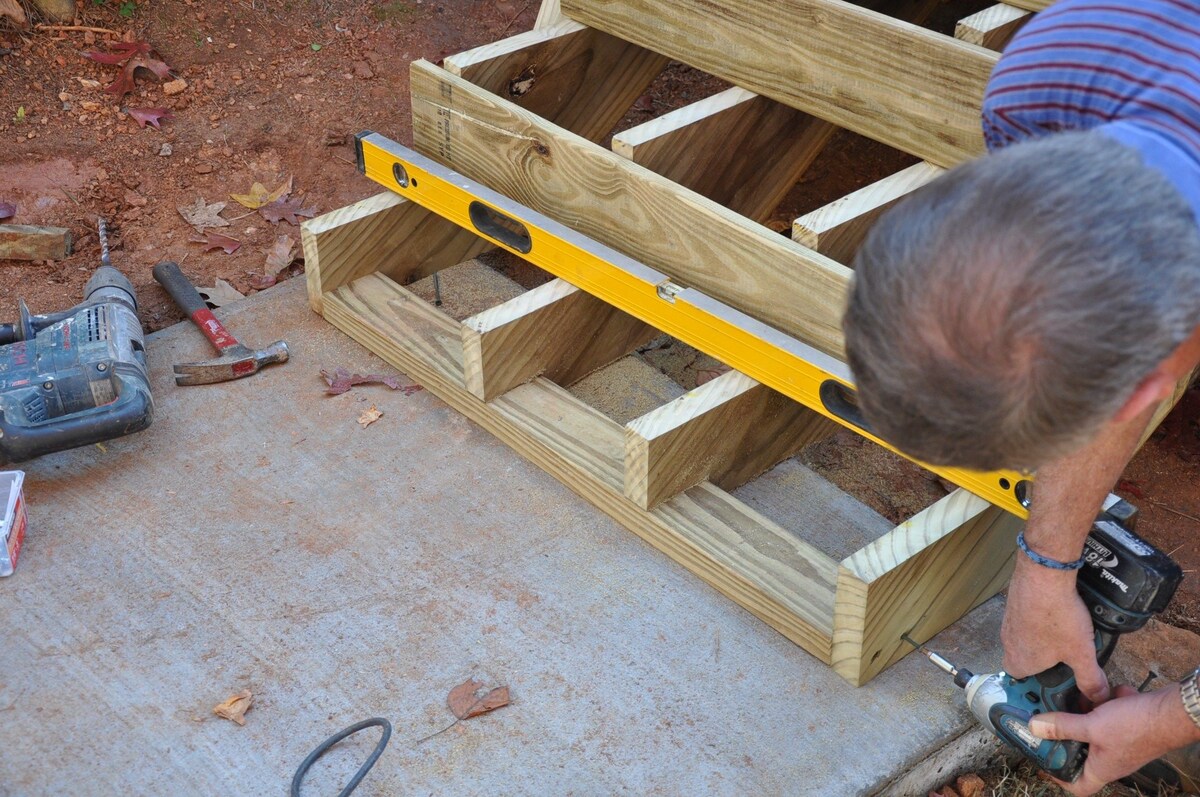
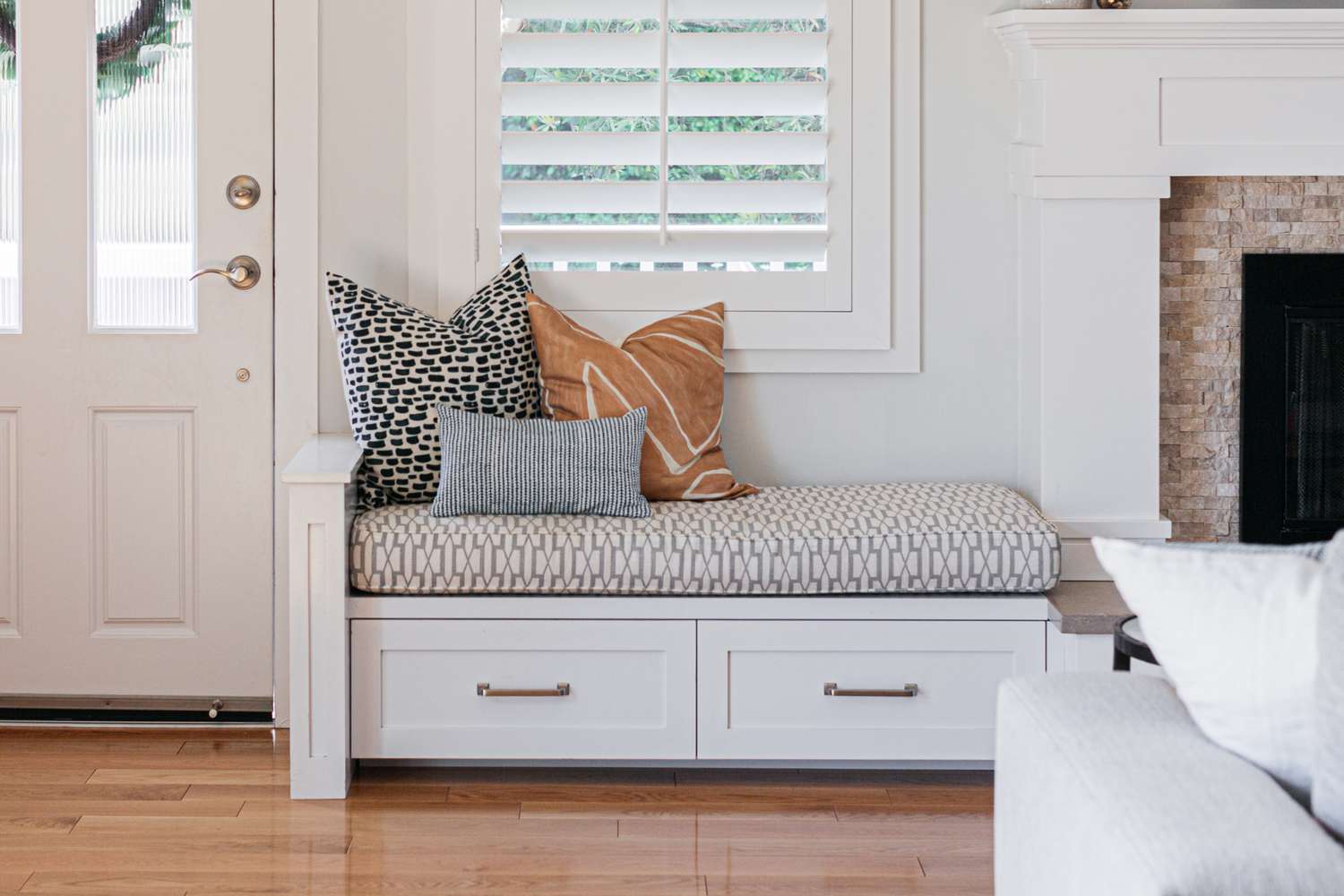
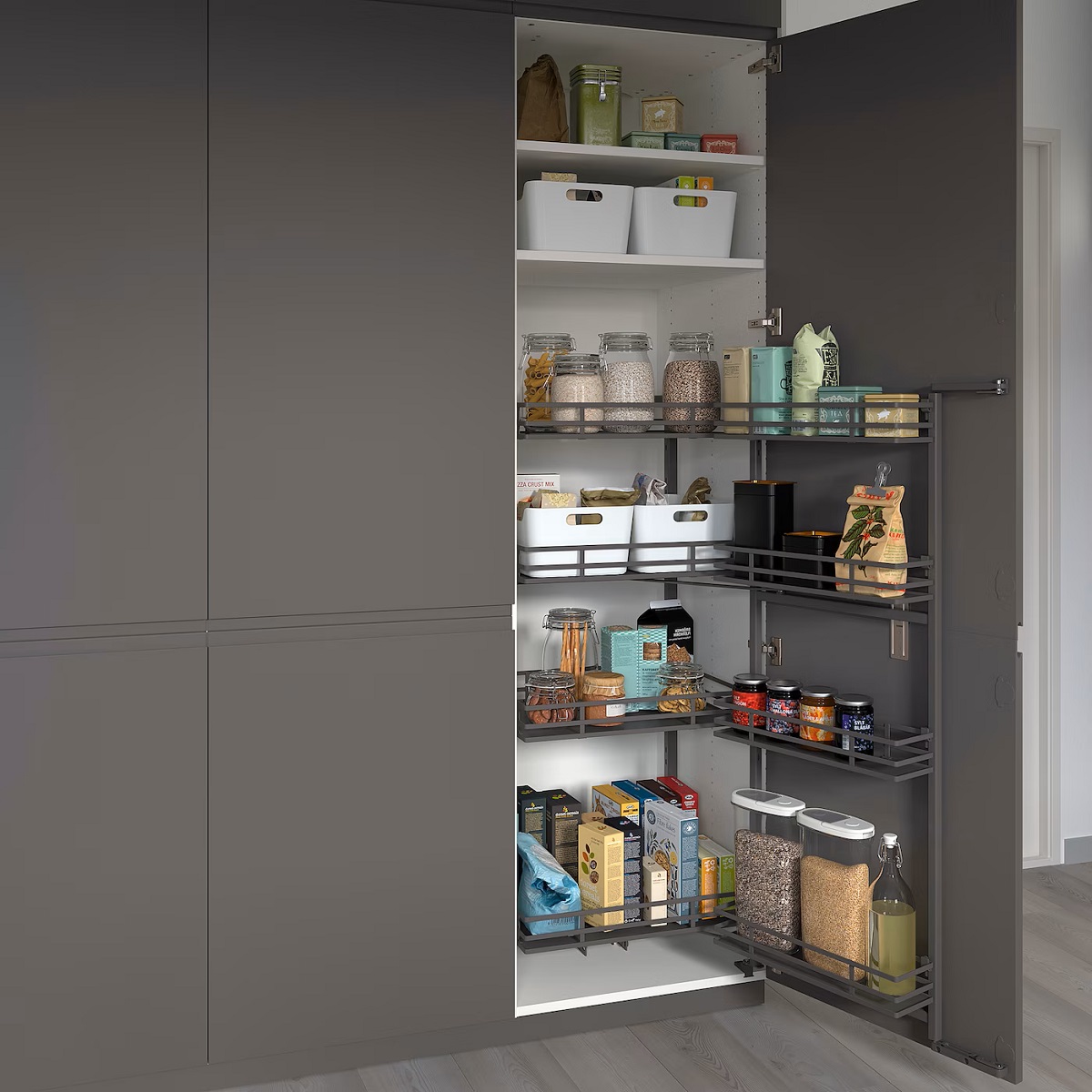

0 thoughts on “How Deep Should A Window Seat Be”